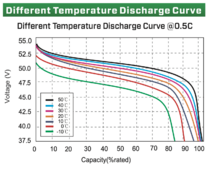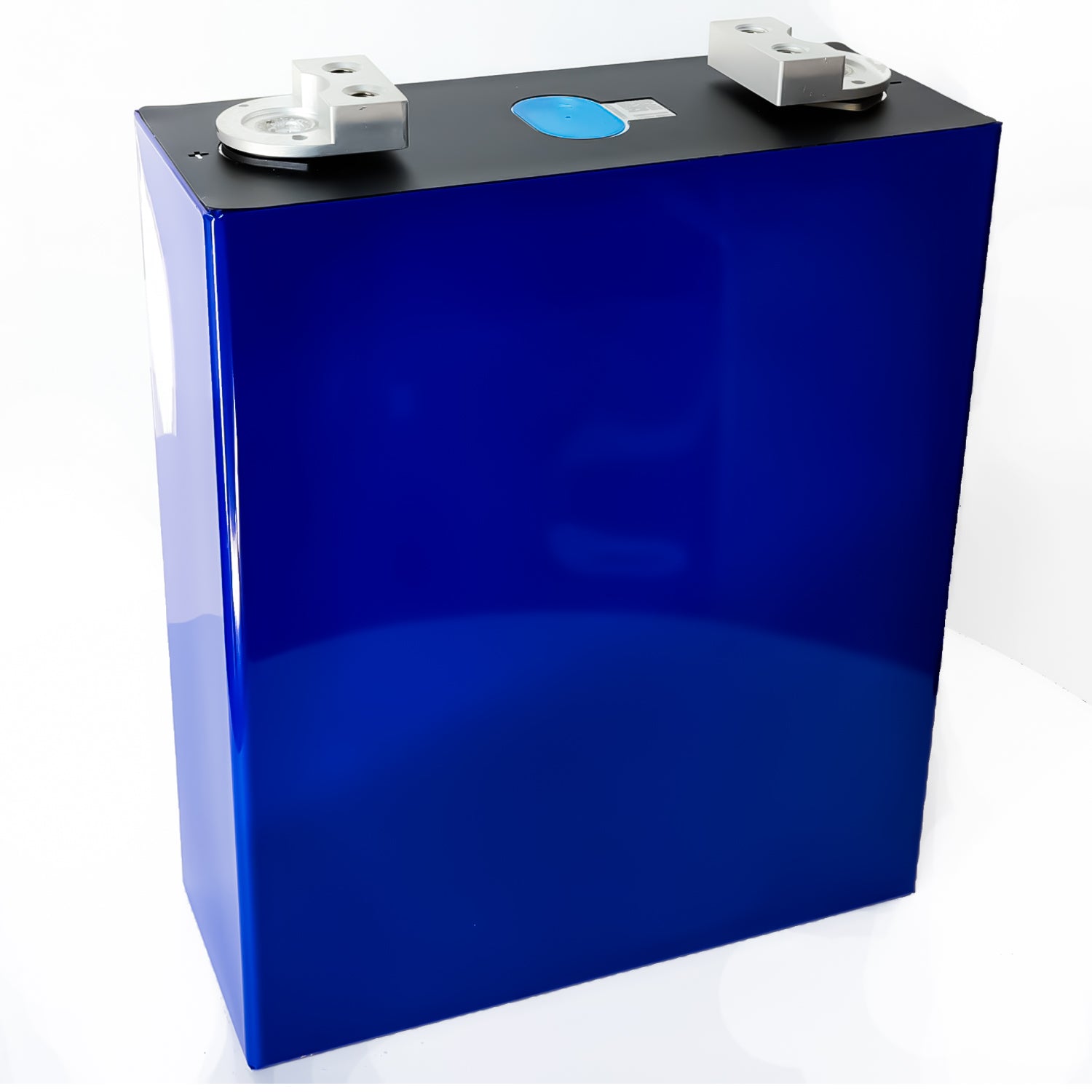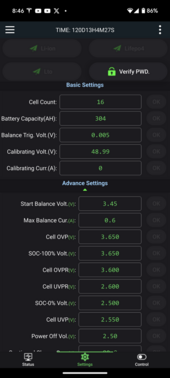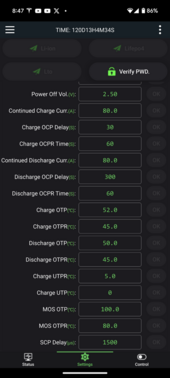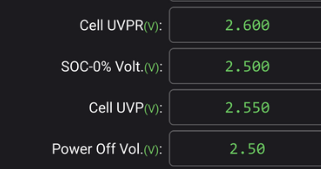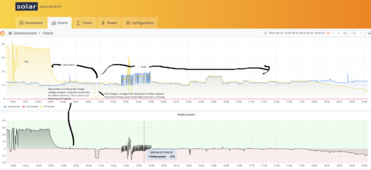This happened to me back in March and I top balanced them to the point the JK BMS could no longer balance them.
Now again this happens, clearly I will balance again but is this par for the course or do I need to get a better BMS since this one can't balance while discharging leading to an inevitable imbalance? Or is it the batteries themselves? Or a config issue on the BMS?
Now again this happens, clearly I will balance again but is this par for the course or do I need to get a better BMS since this one can't balance while discharging leading to an inevitable imbalance? Or is it the batteries themselves? Or a config issue on the BMS?





